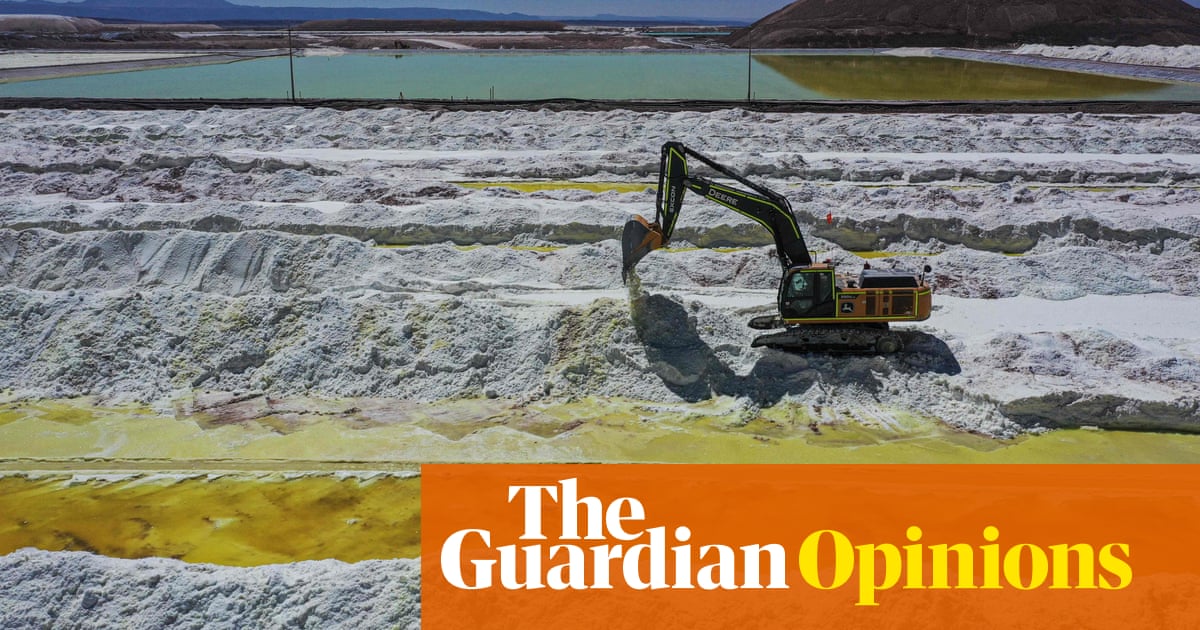Despite its name, the infrastructure used by the “cloud” accounts for more global greenhouse emissions than commercial flights. In 2018, for instance, the 5bn YouTube hits for the viral song Despacito used the same amount of energy it would take to heat 40,000 US homes annually.
Large language models such as ChatGPT are some of the most energy-guzzling technologies of all. Research suggests, for instance, that about 700,000 litres of water could have been used to cool the machines that trained ChatGPT-3 at Microsoft’s data facilities.
Additionally, as these companies aim to reduce their reliance on fossil fuels, they may opt to base their datacentres in regions with cheaper electricity, such as the southern US, potentially exacerbating water consumption issues in drier parts of the world.
Furthermore, while minerals such as lithium and cobalt are most commonly associated with batteries in the motor sector, they are also crucial for the batteries used in datacentres. The extraction process often involves significant water usage and can lead to pollution, undermining water security. The extraction of these minerals are also often linked to human rights violations and poor labour standards. Trying to achieve one climate goal of limiting our dependence on fossil fuels can compromise another goal, of ensuring everyone has a safe and accessible water supply.
Moreover, when significant energy resources are allocated to tech-related endeavours, it can lead to energy shortages for essential needs such as residential power supply. Recent data from the UK shows that the country’s outdated electricity network is holding back affordable housing projects.
In other words, policy needs to be designed not to pick sectors or technologies as “winners”, but to pick the willing by providing support that is conditional on companies moving in the right direction. Making disclosure of environmental practices and impacts a condition for government support could ensure greater transparency and accountability.



You’re technically correct, although there usually is some make-up that’s periodically necessary. You’ll want to blowdown some of that water from time to time to try and prevent scale/accumulation and even biomass buildup. It’s probably on the order of like 1-2%, and probably not continuously.
It would be better for the article to quantify this amount of water, that’s regularly leaving the system and needs to be replenished. 1% of 700,000 L is still a lot of water, but it’s very hard to measure the sustainability impact without knowing how often they happens. Once a year? Multiple times a year? Or once every few years?
Just for my credentials, I’m a chemical engineer by training and I used to do a little work with a closed loop steam generation and cooling system.
I’m just saying that at that point, when we’re talking maybe 1% of 700,000 litres across an entire industry, then we have a lot of lower hanging fruit to save water. That amount of water is just flat out wasted at like a single industrial plant on a Tuesday.
No disagreements there. I’m more concerned about the power usage than the water usage anyway.